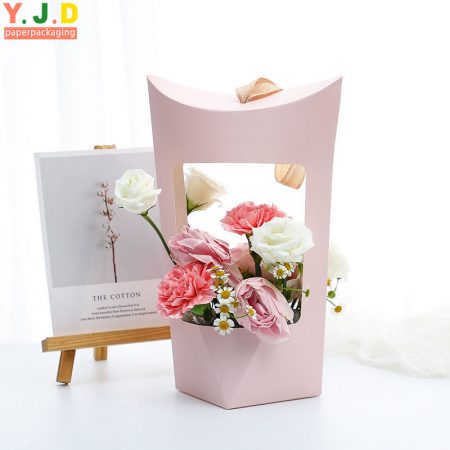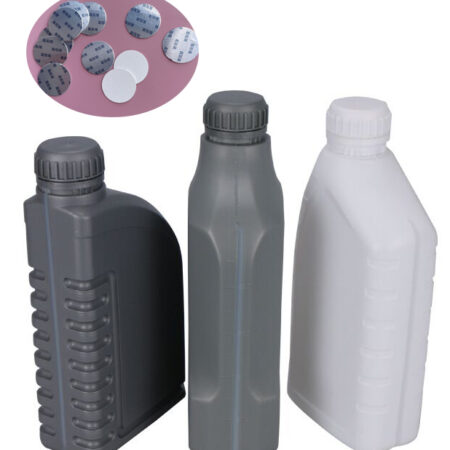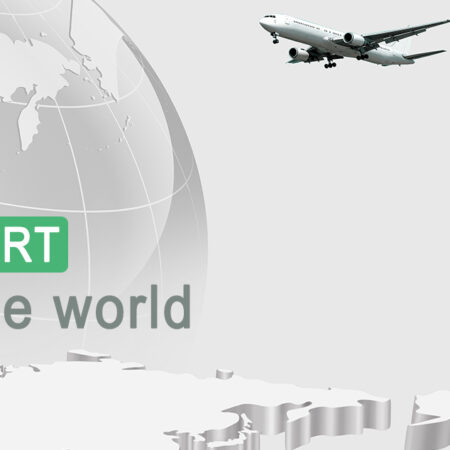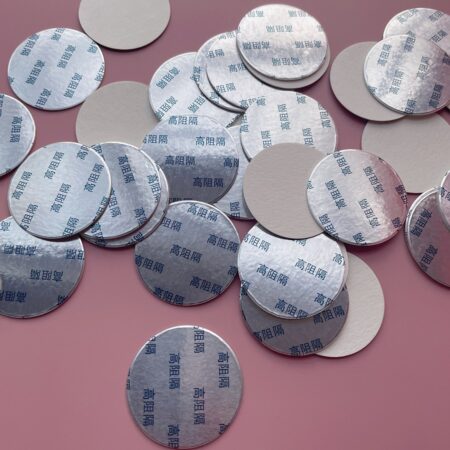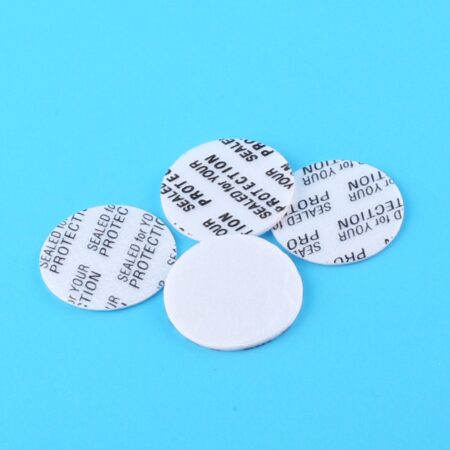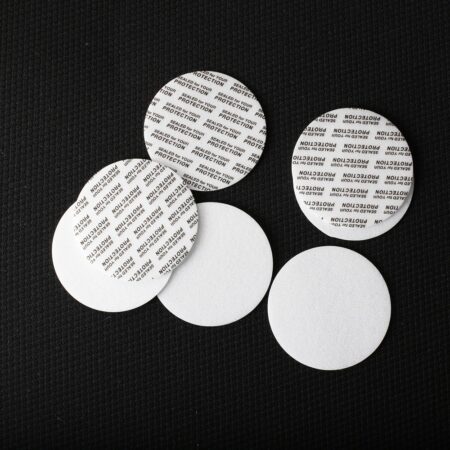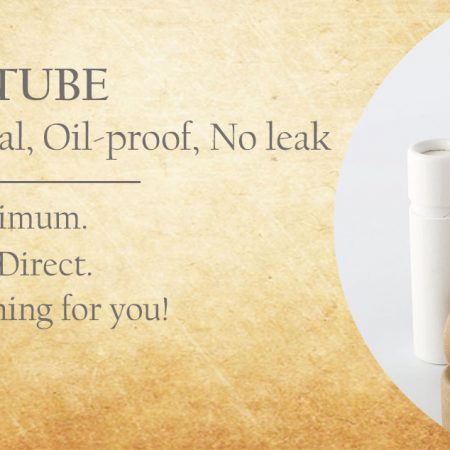How to import plastic bottlce container from China?
As early as the 19th century, people had already used natural resins such as asphalt, rosin, amber, and shellac. In 1868, natural cellulose was nitrified, and camphor was used as a plasticizer to make the world’s first plastic variety called celluloid. From then on, the history of human use of plastics begans.
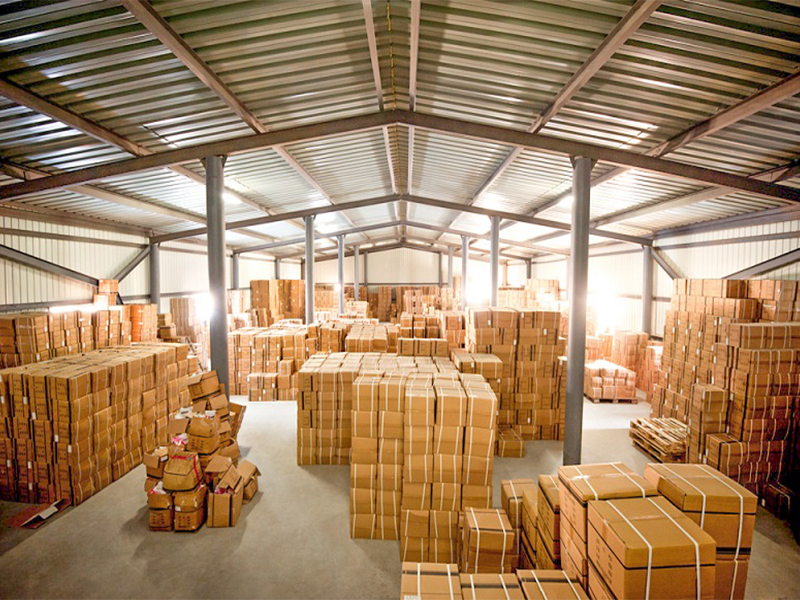
With the development and demand of the industry, more and more industries are using plastic as a raw material for processing various products from all over the world. However, we heard some complaints about failed import applications, and some people said that the entire import process was too difficult to complete. Therefore, I have compiled the easiest way to import. This article will inform and guide you how to import plastic packaging containers and glass containers from China.
Firstly,Why choose China as your import source?
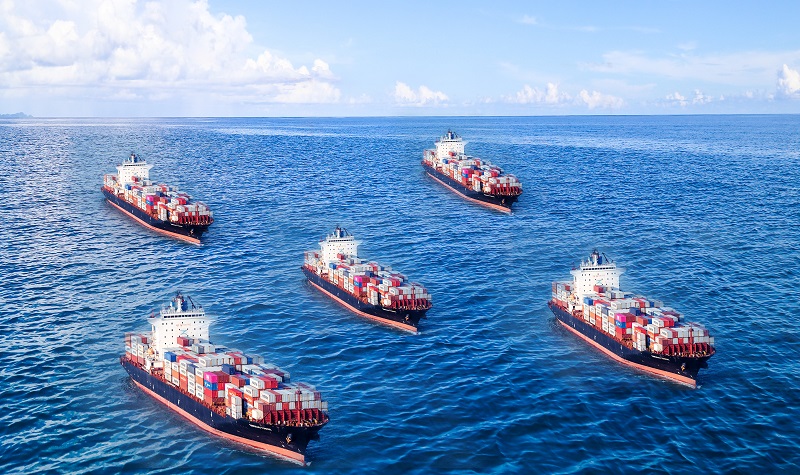
China’s manufacturing industry continues to develop rapidly, and it has always been a world-renowned manufacturing country. Because of this advantage, customers all over the world have turned their attention to China, a country with huge manufacturing scale, convenient raw material procurement, convenient logistics, low labor costs, guaranteed quality, and high-quality services, which has promoted a large number of international customer to purchase plastic products and glass products made in China.
In addition, China has proven to be a good partner. Compared with other countries, China’s export regulations are very favorable.
Export companies usually bear export taxes. You only need to know the import regulations and import tariffs of your country/region. The import regulations and import tariffs of each country are different. please consult your local import department or professional customs clearance company.

Besides, Exporting in China has a superior delivery speed, because goods usually do not have to wait a long time to obtain a export permit.
So after the cosmetic packaging bottles purchased in China are produced, what is the process of importing the goods from China?
1. Confirm the port of destination. Because all transaction terms must be purposeful to be established by the destination.
2. Confirm the transaction terms. Common transaction terms include FOB trade terms and CIF trade terms.
(1) FOB trade term is the abbreviation of Free on Board. That is, Delivery on board at the port of shipment. This term means that the seller delivers the goods to the ship designated by the buyer at the agreed port of shipment. This term can only be applied to sea and inland shipping.
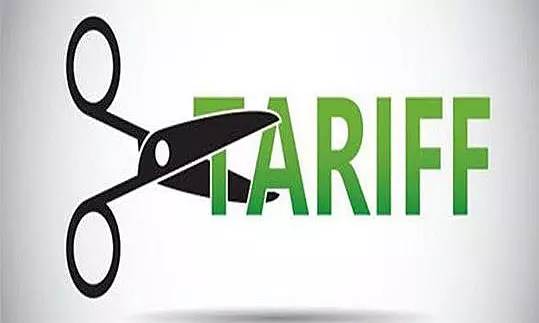
The basic obligations of the buyer and seller are as follows:
(1) Seller’s obligations:
①At the specified time , Deliver the goods to the ship designated by the buyer and notify the buyer in time.
②At your own risk and expense, obtain an export license or other official approval documents, and go through all customs procedures required for the export of goods.
③To bear all the expenses and risks of the goods until they cross the ship’s rail at the port of shipment;
④Provide the usual documents proving that the goods have been delivered to the ship at the out-of-pocket expenses.
(2) Obligations of the buyer:
① Obtain an import license or other officially approved documents at your own risk and expense. When customs formalities are required, go through all customs formalities for the import of goods and transit through other countries, and pay related fees and transit fees;
②Responsible for chartering or booking space, paying for freight, and giving the seller the name of the ship, the place of shipment and the requirements Adequate notice of the delivery time;
③Apply for cargo transportation insurance at your own expense; bear all costs and risks of the goods after the goods have passed the ship’s rail at the port of shipment;
④Accept the relevant documents provided by the seller, accept the goods, and pay for the goods in accordance with the contract.
(2) The CIF trade term is the abbreviation of Cost, Insurance and Freight, which means cost, insurance and freight. It means that the seller must deliver the goods to the ship destined for the designated port of destination at the port of shipment within the date or period specified in the contract, bear all costs and the risk of loss or damage to the goods until the goods cross the ship’s rail, and be responsible for chartering and booking space and paying for shipment from the ship. Normal freight from port to port of destination, and is responsible for handling freight insurance and paying insurance premiums.
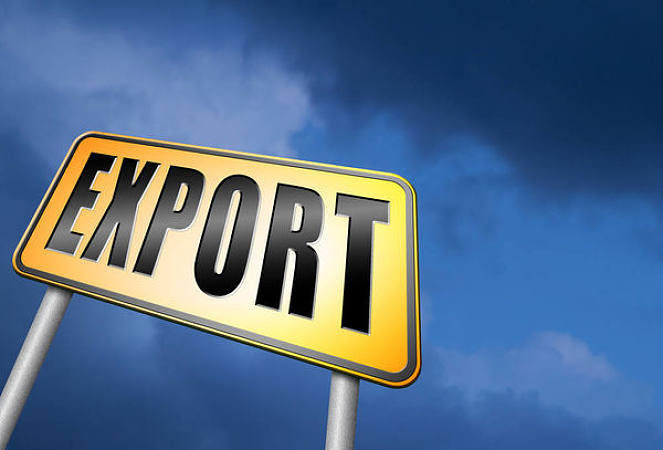
- Obligations of the seller
- At his own risk and expense, obtain an export license or other officially approved documents, and go through all customs procedures required for the export of goods when customs procedures are required
- Sign a transportation contract for the cargo from the designated port of shipment to the designated port of destination; obtain cargo insurance at its own expense, and provide the buyer with an insurance policy or other insurance evidence; load the cargo on the ship at the time and port specified in the sales contract And pay the freight to the port of destination; notify the buyer in time after shipment.
- To bear all risks until the cargo crosses the ship’s rail at the port of shipment.
- Provide the buyer with the usual shipping documents.
- Obligations of the buyer
- Obtain import licenses or other officially approved documents at the buyer’s own risk and expense. When customs formalities are required, go through all customs formalities for the import of goods and transit through another country if necessary, and pay relevant fees. And transit fees.
- Bear all risks after the cargo has passed the ship’s rail at the port of shipment.
- Accept the relevant documents provided by the seller, accept the goods, and pay the purchase price according to the contract.
- To pay all the costs incurred during the transportation of the goods in addition to the normal freight, as well as unloading fees including lighter freight and terminal fees.
- Inquiry, if it is FOB trade terms and CIF trade terms, the importer does not need to worry about the customs declaration information of the packaging bottle, because the supplier will help to prepare the customs declaration information so that the customs declaration can be completed smoothly. Importers only need to contact import customs clearance and freight forwarding to inquire about the customs clearance agency business, and find a freight forwarding company with suitable prices, high-quality services and guaranteed.
- Customs clearance documents, allowing suppliers to provide bottles of bills of lading/way bills, invoices, packing lists, contracts, certificates of origin, etc.
- The customs clearance process allows the customs clearance company to act as an agent:

1) Change the order, go to the freight forwarder or shipping company (airline) to exchange the waybill
2) Electronic declaration, computer pre-recording, document review, sending, and contact with the customs
3) Inspection declaration , after the electronic declaration is released, one of the four copies of the customs declaration form will go to the Commodity Inspection Bureau to go through the inspection procedures, and the customs clearance form
4) will be inspected. The customs will inspect according to the supervision conditions of the declared name of the goods and the inspection probability of the day. If there is an inspection, Issue an inspection notice.
5) Release, as long as the customs clearance materials are complete and the customs clearance is timely, it will be released directly after the customs inspection, and importers need not worry.
In conclude, The above are some guidelines on how to import packaging containers and bottles in China. If you have any questions, please consult us and we are happy to assist.

Leave a comment


